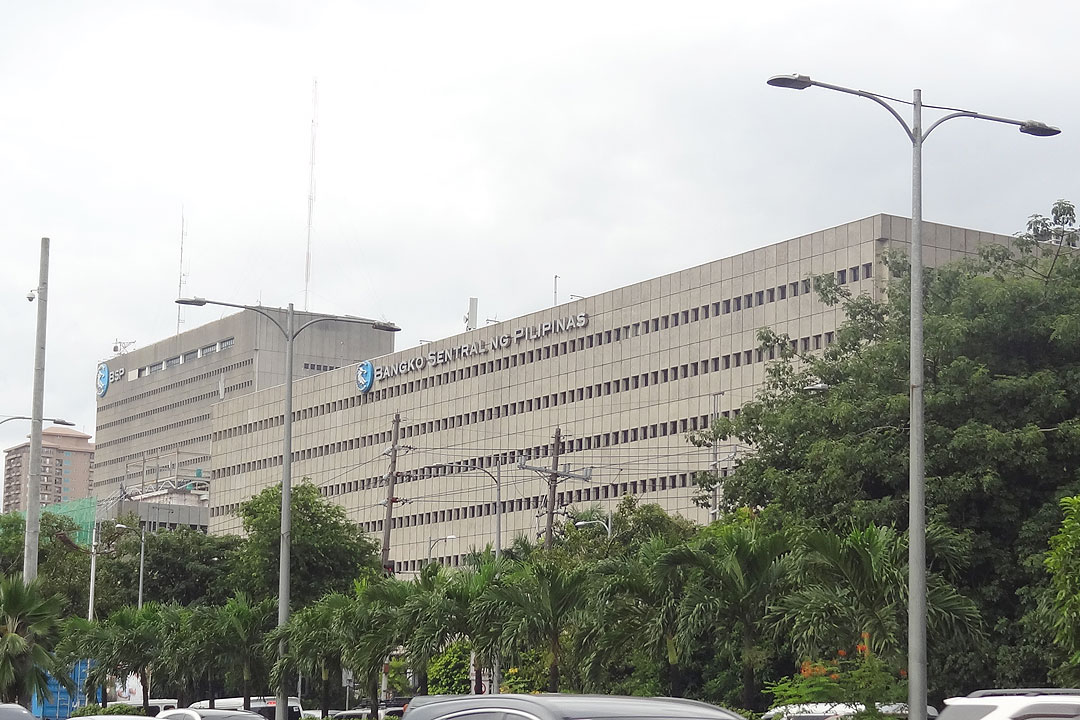Loan growth at 21-month high in March as economy reopens

By Luz Wendy T. Noble, Reporter
LENDING GROWTH continued to pick up in March, even as the expansion of liquidity slowed, as the economy reopened further amid declining coronavirus cases.
Data from the Bangko Sentral ng Pilipinas (BSP) released on Wednesday evening showed outstanding loans by big banks rose by 8.9% to $10.055 trillion in March from $9.253 trillion a year earlier.
This is faster than the 8.8% in February and is the quickest expansion since the 9.6% posted in June 2020.
Inclusive of reverse repurchase agreements, bank lending rose by 8.7%. Month on month, credit growth stood at 0.2%.
“Lending activity has gained further traction as the country’s improved coronavirus disease 2019 (COVID-19) caseload continues to support market confidence,” BSP Governor Benjamin E. Diokno said in a statement.
Metro Manila and some provinces have been under the most relaxed Alert Level 1 since March as infections gradually declined after the Omicron surge that peaked in January. With restrictions eased, more businesses were able to increase their operating capacity.
The continued expansion of bank lending in March likely also reflected some borrowers’ rush to secure financing amid expectations of higher interest rates in the coming months as central banks begin tightening their policy settings, Rizal Commercial Banking Corp. Chief Economist Michael L. Ricafort said in a Viber message.
The US Federal Reserve in March started its tightening cycle with a 25-basis-point (bp) hike. At its meeting this week, the Fed fired off a bigger 50-bp increase and unveiled its plan to reduce its asset holdings to help tame multi-decade high inflation.
Meanwhile, Mr. Diokno last month said they may consider a rate hike in June if there is evidence that economic recovery has gained ground. This is more hawkish compared with previous statements that the BSP would only start increasing borrowing costs in the second half of the year.
The Monetary Board will have its next policy review on May 19.
Credit for production activities increased 9.5% in March, slower than the 9.7% growth seen in February. The increase was driven by borrowings for real estate activities (19.7%); information and communication (28.4%); manufacturing (10%); wholesale and retail trade, repair of motor vehicles and motorcycles (8.7%); and financial and insurance activities (6.2%).
Household borrowings likewise expanded by 3.6% in March, faster than the 0.9% in February. This was driven by credit card loans (12.1%), as vehicle loans (-4.2%) and salary-based borrowings (-5.5%) continued to decline.
“The BSP continues to see scope to safeguard the momentum of economic recovery amid increased uncertainty over the outlook for growth and inflation,” Mr. Diokno said.
“Moving forward, the BSP stands ready to take appropriate preemptive action as needed in ensuring non-inflationary and sustainable growth in line with our primary mandate to promote price and financial stability,” he added.
Mr. Ricafort said loan growth may quicken further in the coming months as the economy continues to reopen.
“Resumption of in-person schooling, further boosting of local and foreign tourism, would help to further increase economic activities as well as demand for loans,” he said.
However, higher inflation and interest could drag down bank loans as well as domestic liquidity, Mr. Ricafort noted.
Headline inflation in April surged to 4.9%, the fastest since the 5.2% logged in December 2018. This is above the BSP’s 2-4% target and the 4.6% median estimate in a BusinessWorld poll last week.
The central bank expects inflation to average by 4.3% this year mainly due to rising oil and commodity prices brought about by the Russia-Ukraine war.
M3 GROWTH SLOWS
Meanwhile, M3 — the broadest measure of domestic liquidity — expanded by 7.6% in March. This is slower than the 8.5% pace seen in February.
Domestic claims rose 7.3% in March, softer compared with the 8.8% in February.
Net claims on the central government rose 13.3%, much slower than the 21% in the prior month.
Meanwhile, non-foreign assets (NFA) grew by 8.4%, quicker than the 6.5% in February.
“The expansion in the BSP’s NFA position reflected the higher level of gross international reserves relative to the same period a year ago. Likewise, the NFA of banks increased as banks’ foreign assets grew at a faster pace on account of higher investments in marketable debt securities and deposits maintained with nonresident banks,” the central bank said.
“The BSP will continue to monitor domestic liquidity conditions to ensure adequate support for the recovery of the domestic economy, as allowed by the evolving outlook on inflation and growth,” it added.



